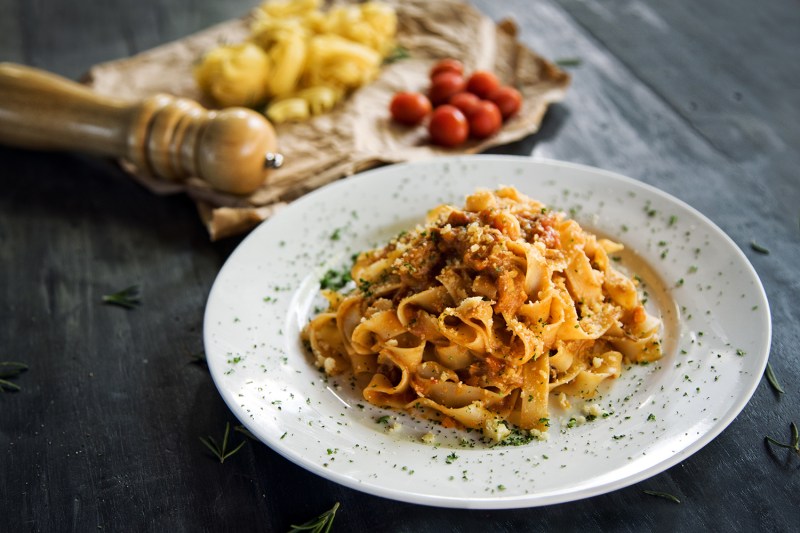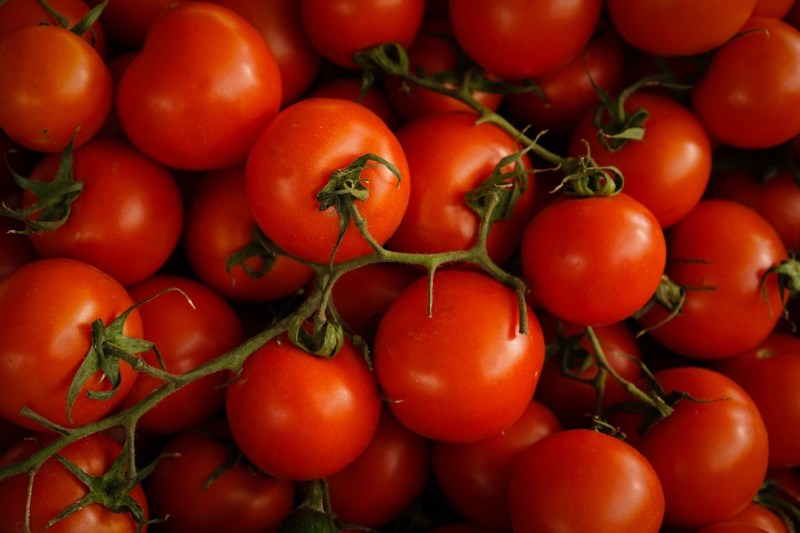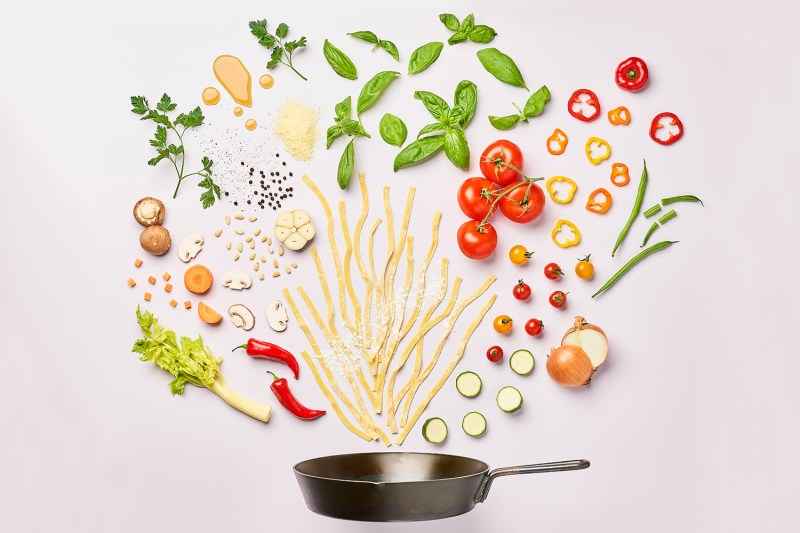
You can always improve your pasta sauce. It may never reach the heights of Grandma’s, but you can get really close. And with a few extra things in your pantry at the ready, elevating your sauce is shockingly simple. Here, we set you up with some simple ways to elevate your pasta sauce. Generally, we’re thinking red sauce, typically tomato sauce, but many of these thoughts translate to lighter sauces as well.
Related Guides
Add Some Brine
I cannot believe there was a time when I didn’t add at least a handful of capers or some diced-up olives to my pasta sauce. In hindsight, it feels criminal. The addition of brininess brings balance to the sauce, taking the sting out of the acid with some salty goodness. Be mindful of other salty ingredients, however. If, for example, you’re already planning to use some heavily seasoned sausage in your sauce, dial down your briny additions accordingly. You can always taste as you go to find that ideal balance. You can always extend that briny addition by including some of the juice from the caper or olive jar as well. And don’t stop there; clams and a bit of clam juice can make for a surprisingly good addition as well.
Go Fresh

Store-bought spaghetti sauce is filled with additives and preservatives. With freshness, it’s about more than just the basil you may top your dish with during plating (although that is highly recommended). It starts from the ground up. Opt for fresh pasta if you can. Making it at home is an ordeal, this we know, but try some of the homemade stuff in the refrigerated section of your grocer. Better, hit up the local Italian specialty store. And don’t stop there in terms of freshness. When possible, use fresh tomatoes (can some sauce next summer and fall, if you didn’t this year), vegetables, and other produce.
The pre-diced additions you can get at the store—the garlic, the onion, the Parmesan—are wildly convenient. But they don’t taste as good. Set aside a few extra minutes beforehand and cut those things up yourself just before adding them to the pan. And while we’re talking about cheese, it’s advised to have a wedge of Parmigiano-Reggiano or Pecorino-Romano in your fridge at all times. You’ll want it to snack on and throw into salads as well as shred up fresh for pasta-topping.
Related Reading: How to Make Spaghetti Sauce
Try Better Oils

Good oil is vital. It may seem secondary as there are so many other ingredients in the mix, but it sets a solid foundation atop which the rest of the pasta can be flavorfully made. You don’t need to buy the most expensive oil directly from a mill in Umbria. But experiment with some higher-shelf brands at the store and conduct a little taste test at home with a loaf of crusty bread. The same idea applies to balsamic, an oil you should be adding—at least in moderate doses—to your sauce (red sauces especially). It deepens the overall flavor and offers a touch of welcome sweetness.
Nail Your Pasta Ingredients

Pay attention to your ingredients. Any onion will do, but a mix of Cipollini onions and shallots tastes better than your standard-issue red variety. A general Italian seasoning is fine, but you can fine-tune your own. Play around with different ratios of basil, tarragon, thyme, and rosemary. Instead of just using black pepper, add a touch of zing with some lemon pepper. Give your sauce some extra life with the addition of fresh Italian parsley, especially late on. Using a can of sauce? Fine, but give it some added life and texture by throwing in a dozen cherry tomatoes.
If you’re using meat, be thoughtful. Not any sausage or cut will do. The former should be available pre-seasoned at the meat counter of your local store (in other words, don’t throw in breakfast sausage just because it’s in the fridge, it’s too sweet). If you want a meat substitute, the plant-based options work great. That, or try some vegetables with some chewiness, like eggplant or mushrooms.
Let it Simmer
This one is a stereotype for a reason. Generally, the longer you let the flavors marry, the better. Once things are cooked, let the sauce simmer, at least for 30 minutes but for several hours if you have the time. Just remember to stir occasionally and monitor the consistency, as you may need to feed it some liquid (brine, wine, oil, etc.). Doing this basically turns the volume up on your sauce, concentrating flavors and making the whole thing sing, far louder than most store-bought sauces. If you’re hosting, start your sauce early, before company arrives, and let it do its thing while you catch up over cocktails.


